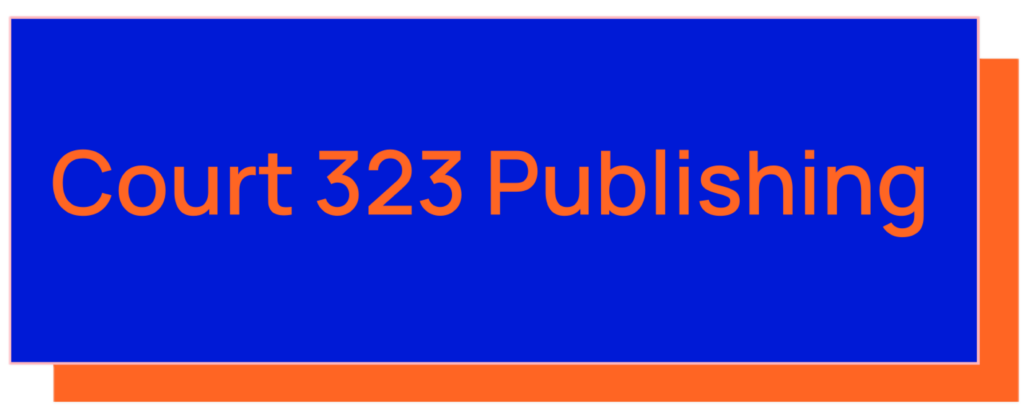Acquisition/Content Creation
Creative Writing | Technical Writing | Academic Writing | Scientific Writing | Narrative Writing | Nature Writing | Journalism | Scriptwriting | Editorials | Photography | Illustrations | Mapping/Cartography | Audio Recording
The content creation process for producing books begins with the author developing an idea or concept, which is then expanded into a detailed outline or draft. Once the initial framework is in place, the author writes the manuscript, typically going through multiple drafts to refine the structure, characters, and themes. During this phase, the author may seek feedback from beta readers or critique partners.
Editing/Revising
Developmental Editing | Structural Editing | Line Editing | Copy Editing | Mechanical Editing | Proofreading | Peer Review | Fact-Checking | Audio Editing | Audio Mixing | Audio Formatting
We ensure the publication meets high standards of clarity, coherence, and engagement. After the author completes a draft, the manuscript undergoes multiple rounds of revision, starting with developmental or structural editing. Once the structural elements are solid, the manuscript moves to copyediting, where the editor focuses on grammar, punctuation, spelling, and sentence-level clarity, ensuring the writing is precise and polished. Finally, proofreading is the last step, where the manuscript is meticulously checked for any remaining errors or typographical issues before it is prepared for publication.
Interior Design
Page Design | Numbering | Paragraph Style | Character Style | Object Style | Font Style | Margining | Header/Footer | Table of Contents | Index | Glossary | Notes | Bibliography | Paper Style | Paper Weight
We focus on creating a visually appealing and reader-friendly layout that enhances the reading experience. After the manuscript is finalized, the book moves into the design phase, where designers work on elements such as font selection, page margins, line spacing, and chapter formatting to ensure the text is easy to read and flows smoothly. This involves choosing appropriate typefaces that match the book’s tone and style, as well as determining the ideal text size and spacing for optimal readability. Designers also incorporate any additional features, such as drop caps, headers, footers, and page numbers, ensuring they are consistent and well-placed throughout the book. For illustrated books, the designer will integrate images, graphs, or other visual elements, ensuring they are properly positioned and formatted to complement the text. The layout is carefully reviewed for consistency and visual balance, and adjustments are made as necessary.
Exterior Design
Cover Art | Cover Design | Spine Design | Typography | Title Hierarchy | Cover Weight | Dust Jacket
We create a cover that visually captures the essence of the book and attracts the target audience. The process begins with brainstorming ideas that reflect the book’s themes, genre, and tone, often involving collaboration between the author, publisher, and graphic designer. The designer then creates a cover layout, selecting the right color palette, typography, and imagery to convey the book’s message and evoke the desired emotional response. The title and author’s name are strategically placed for maximum visibility and impact, while the design elements are balanced to ensure clarity and visual appeal. For novels, the cover often includes illustrations or photography, while for non-fiction books, it may involve more symbolic or straightforward design choices. The spine and back cover are also designed, typically including a brief book description, author bio, and possibly reviews or endorsements.
Publishing/Printing
Binding Style | Binding Material | Paperback | Hardcover | Digital Book | eBook | Audio Book
After the manuscript has been written, edited, and designed, the publisher begins the process of preparing it for distribution. First, the manuscript is formatted into the correct layout for print or digital formats, ensuring consistency across all versions of the book. The publisher then handles the logistics of printing, including selecting print runs and coordinating with printers to produce physical copies, or setting up distribution channels for e-books. Simultaneously, the publisher works on distribution strategies, ensuring the book reaches bookstores, libraries, and online platforms, such as Amazon or Apple Books.
